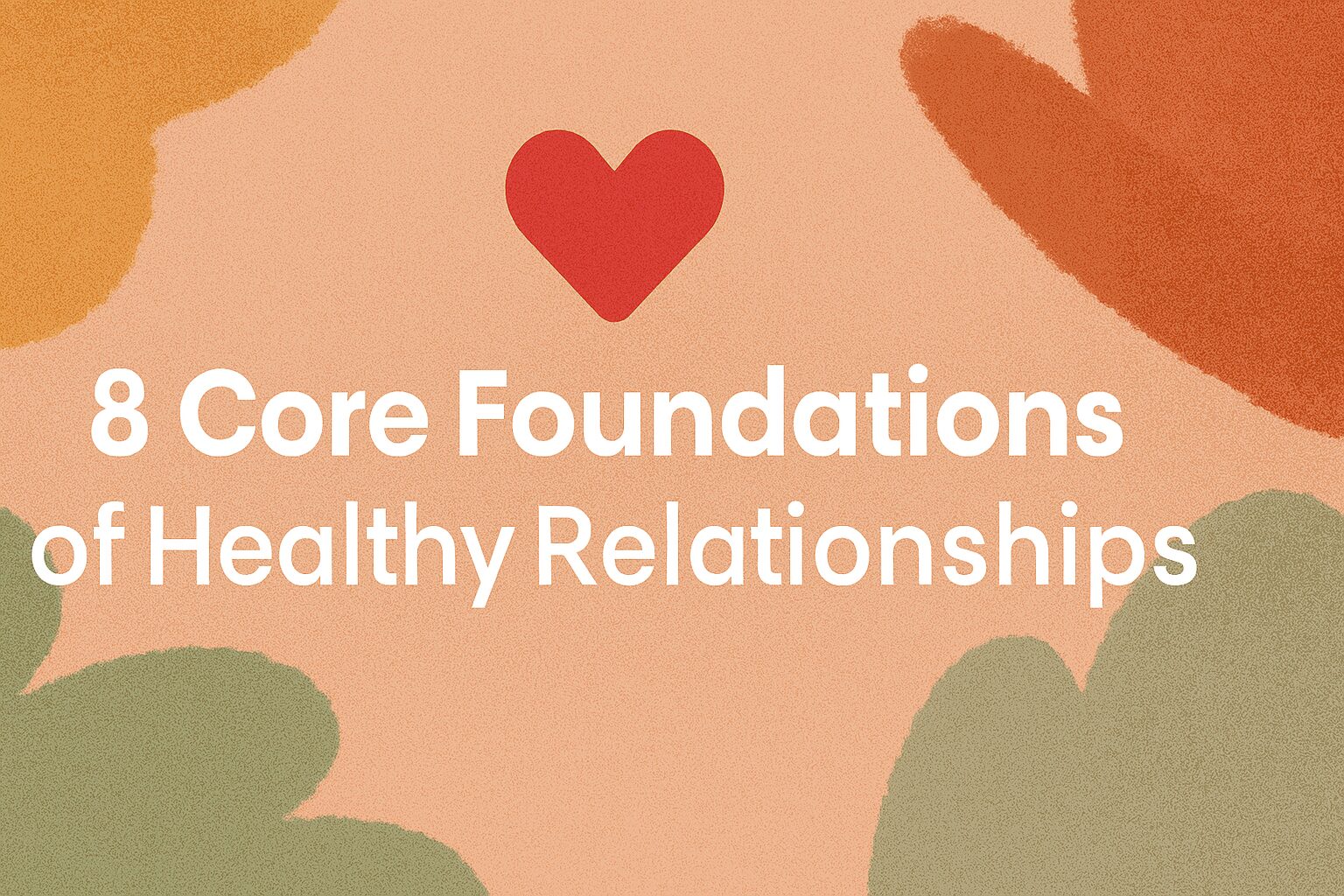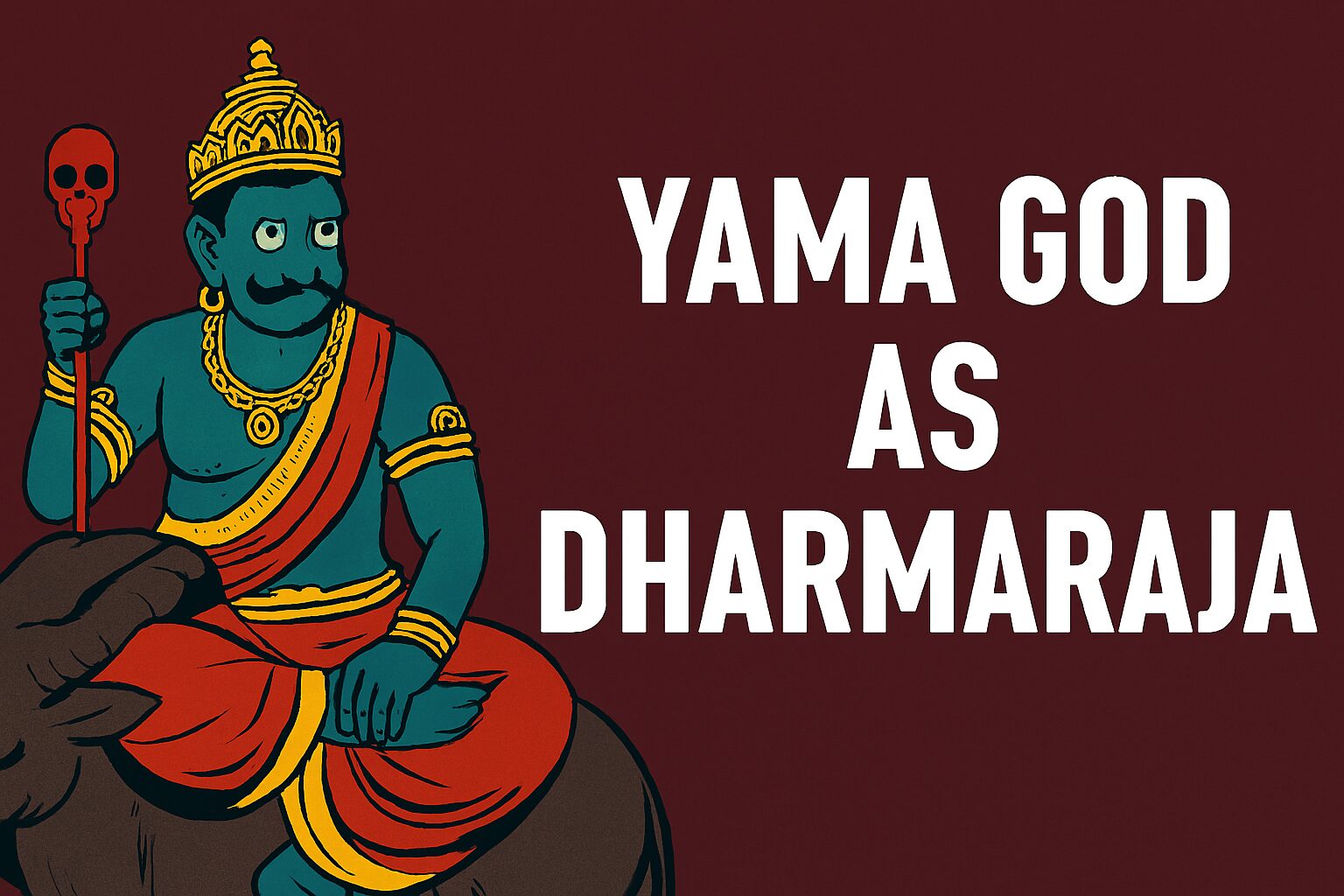Whether you look at Hinduism, Christianity or Islam, the promise of a heavenly abode or Swarga is assured if a person leads an ethical life. This particular concept has helped religious leaders, community heads and even the government in maintaining law and order to some extent. The fear of God and his judgement is often the sole reason why humans refrain from carrying out evil deeds. On the other hand, in some religions, the promise of heaven post terrorist activities (presented as a good deed) is used to pollute minds and further personal or political interests.
In Christianity, it is literally called Heaven, in Islam, it is called Jannat and in Hinduism, it is equated with Indralok.
Concept of Good or Bad Karma/Deeds/Merits
Deeds are typically categorized in two sections – Good or Bad. Good deeds help a person gain positive points, making it possible to dream of heaven after death. The bad deeds on the other hand, are presented as a gateway to hell in Christianity and Islam. In Hinduism, there are references to the lower lokas that are designated to a truly evil person to endure punishments against the crimes committed before the soul is allowed to be reborn as a human being.
Understanding Good and Bad Deeds in Hinduism
In Hinduism, the accumulation of good or bad deeds is like a tally that is carried by a person from one life to another. The concept of birth and rebirth is only existent in Hinduism, Jainism and Buddhism. While good deeds assure a promise of a better life or a promotion to a better Lok, the bad deeds lead to the rebirth as a human in a bad household or as any other living creature. In either of the cases, the promise of a good life after rebirth is like heaven in Hinduism.
Karma is all about actions that a person cannot escape throughout their lifetime. Merit is known as Punya and Demerits are known as Paap. There are also stories and references that suggest that even if a soul has entered the Indralok/Swarg, it must make sure that the actions are merits only. If not, the soul can be reborn as a human once again and reprimanded from the Swarg.
All these factors suggest that the entry to the Swarg is not permanent. A soul must consistently mould itself to perform merits throughout its lifetime. The escape from this kaal-chakra (vicious cycle of birth, rebirth and time) can only be done through merger with the supreme consciousness through the clearance of bad karma and investment in the good deeds alone.
In some ancient texts, the Indralok or abode of the Lord Indra is accounted as Swarga. It is the perfect place for a soul to land after accumulating enough good deeds in their account. The Swarga loka is anticipated to have all the pleasures of life. For example, exquisite food items, absence of hard work, tools for pleasure – Apsaras (Dancers) and Gandharvas (Musicians or Singers), abundance of gems and an everlasting peace of mind.
The Constituents of a Swarga
The above discussion is merely a drop of information that is available in ancient hindu texts on this subject. In the following table, you can get more information on the major constituents of Swarga as per our vedic texts. A brief explanation would help in getting knowledge on the meaning of each.
| Constituents | Explanation |
| Apsaras | Most beautiful women are trained in 64 ways of giving pleasure to the 5 main senses |
| Kalpataru | It is a famous tree that was rewarded during the Samudra Manthan and placed in Indralok. The speciality of the tree is its everlasting nature and ability to give fruit as per the wish of the seeker |
| Varuni | Rewarded during the Samudra manthan, it is a wine that gives immense joy without a hangover |
| Kamadhenu | It is one of the most famous objects that was churned and rewarded during the Samudra manthan. It is a cow that gives the most delicious food and milk products. The cow is often seen as a subject of controversies and fights among kings, priests etc. |
| Amrita | It is the biggest reward cherished by the Devatas. It is a nectar that gives the boon of health and ever-lasting youth. Amrita is not given to all souls but a selected few Devatas only. |
| Chintamani | It is a jewel that can fulfill all the wishes of the seeker |
| Akshaya-Patra | It is a pot filled with grains and jewels at all times. |
Apart from the above-mentioned rewards, Indra Loka is often referred to as one of the most beautiful places for the souls to arrive at. Although it is not the highest loka, it offers the most pleasures to the seekers. It is a type of reward given. The reference to this is found even in the Mahabharata. Towards the end of their reign, the Pandavas also travelled for miles in search of Swarg/Indralok. After atoning for their sins during their lifetime, they were also given a place in the Swarg.
If this article interested you, I am sure you would love to read more through this article: Elements of Creation





